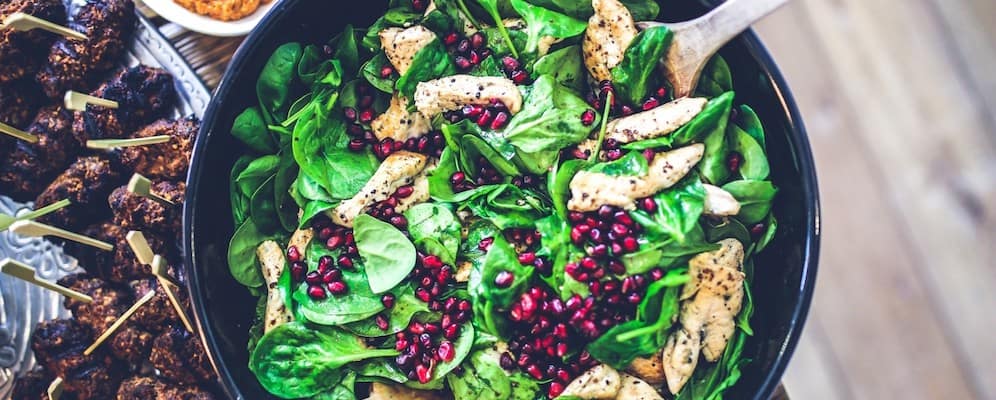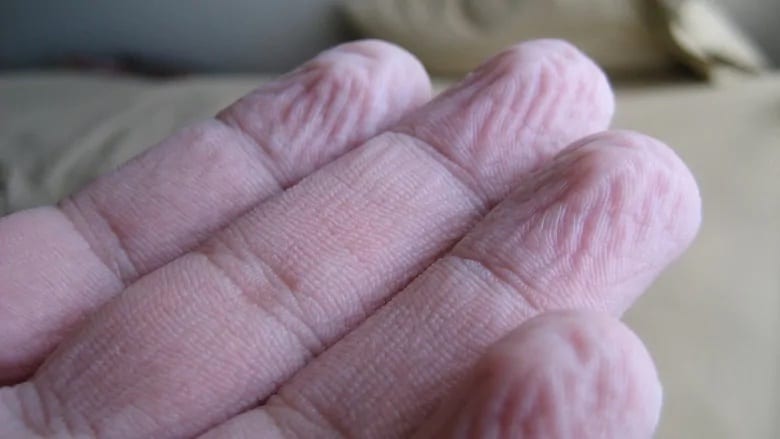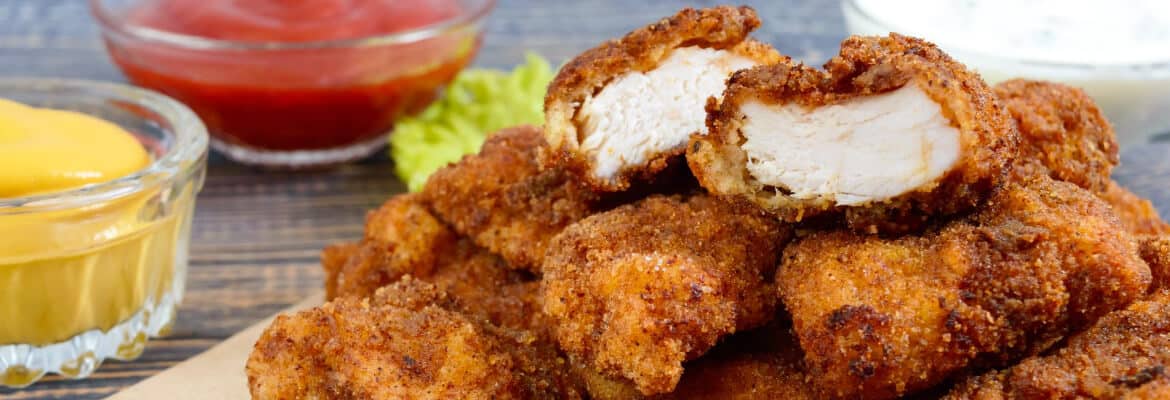Kimberley Wilson is our blogger for this week and she gives us a really interesting insight into two things that seem to be more and more connected – food and pain. And she isn’t just talking about indigestion or eating Doritos without chewing them adequately. She writes:
Two things which I am passionate about ….. food and pain.
They seem like two very different topics but amazingly it seems that they are connected. The world is an exciting place and the research which is emerging is even more exciting, especially in the realms of persistent pain.
Persistent pain is an epidemic, a debilitating problem and the statistics are not improving. But the age old question is WHY? What are we doing wrong?
There are many factors which we think are contributing to acute pain progressing to chronic pain: stress, beliefs, drug use, work, depression, and the list goes on……. but what about the food we put into our bodies every day? What about the gut?
Hippocrates said:
“ Let food be thy medicine and medicine be thy food” and, “All disease begins in the gut”.
Little did he know but we would take a very long time to come back to that wisdom.
The neuroimmune response is not laughed at any more
Research shows that pain is connected with a neuroimmune response. That is, that pain has an involvement from the immune system too.
When this idea was initially suggested in the medical world it was laughed at, but all science begins with a theory. We know that when any damage occurs in the body there is an immune system response at a cellular level.
The immune cells have beautiful names such as microglia, astrocytes and Schwann cells, and these cells are activated which in turn affect the synapses of the nearby neurones.
This activation of the immune cells not only contribute to immune protection but also initiate the sensitivity of the messages being sent to the brain. The immune system contributes in producing the marvellous and powerful protective experience – pain.
What has this got to do with food?
70-80% of your immune tissue lives in the gut. Billions and billions of tiny bacteria, responding to constant activity in our bodies! Good food keeps our good bacteria thriving but sometimes we throw the balance out with medication, alcohol or poor foods. If this becomes ongoing then the gut bacteria can’t always recover and perhaps the bad bacteria start to take over.
Does this chronic imbalance in our guts lead to a persistent state of inflammation?
Does the chronic pain throw the gut balance out or does the impaired gut lead to increased likelihood of acute pain turning chronic?
We don’t know anything for sure but the research is continuing to flow. If you are in chronic pain then maybe you should consider what your gut is doing…… maybe your gut microbiome is adding to your problem.
What should you eat then?
So what are you eating? There are many diets out there claiming to be the correct one but the reality is that everyone is different, there is no one size fits all in the food maze. But I challenge you to try and modify your eating habits.
- Try to eat real food.
- Don’t buy products from a packet.
- Read the ingredients in store bought food – if you don’t know what it is then look it up! Cook!
- Eat lots of leafy green food they feed the good bacteria.
- Look for foods with probiotic benefits.
And see what changes that makes to your pain states. Take control of your body and it will look after you.
From the Annals of Kim’s Cookbook, we bring you:
Beetroot Summer Salad
Ingredients
Beetroot
Carrot
Apple
Natural Yoghurt Mint
Lemon Juice Pepitas
Method
Peel and grate beetroot, carrot and apple. (if you want a quick option, pulse in the food processor for a few seconds). Not too long or it will be a dip!
Shred mint and toss through with pepitas. Squeeze over lemon juice and drizzle yoghurt over the top. Garnish with a sprig of mint.

Other articles that might be of interest:
The Anti-Inflammatory Diet – Learn more about the best things to eat to fight osteoarthritis and other painful conditions
The GLA:D Program – Why we offer this program at Adelaide West Physio and what it could do for your knee or hip osteoarthritis pain and stiffness.
How To Keep Your Cartilage Healthy (Even With Osteoarthritis) – We now know there is a lot you can do to help your cartilage stay healthy and even repair. Rest is NOT the answer.
Organise A FREE Physio Phone Consult
Get some FREE ADVICE, find out if physiotherapy can help your problem and give you pain relief, and importantly, find out if we are the right physios for you!
Alternatively, you can organise a free 15 minute assessment in person at the clinic.
To Organise a Phone Call with a Physio
- Option one: Click on the ‘Online Bookings’ button at the top of the page, then choose the ‘Free Physio Phone Consult’ option and find a time that suits you.
-
Option two: Call us on
8356 1000 and organise a time for a call back from one of our physios for a discussion with you about your problem.
















